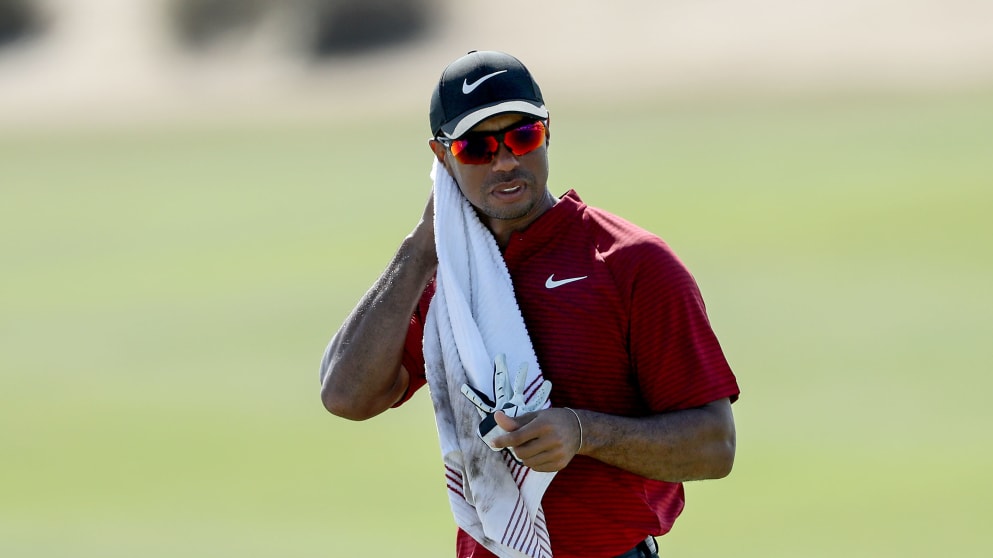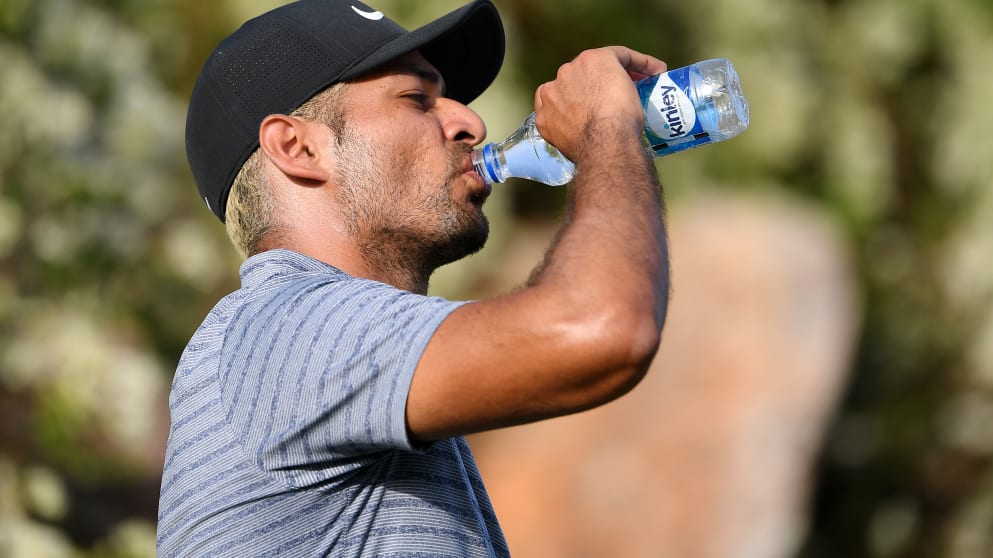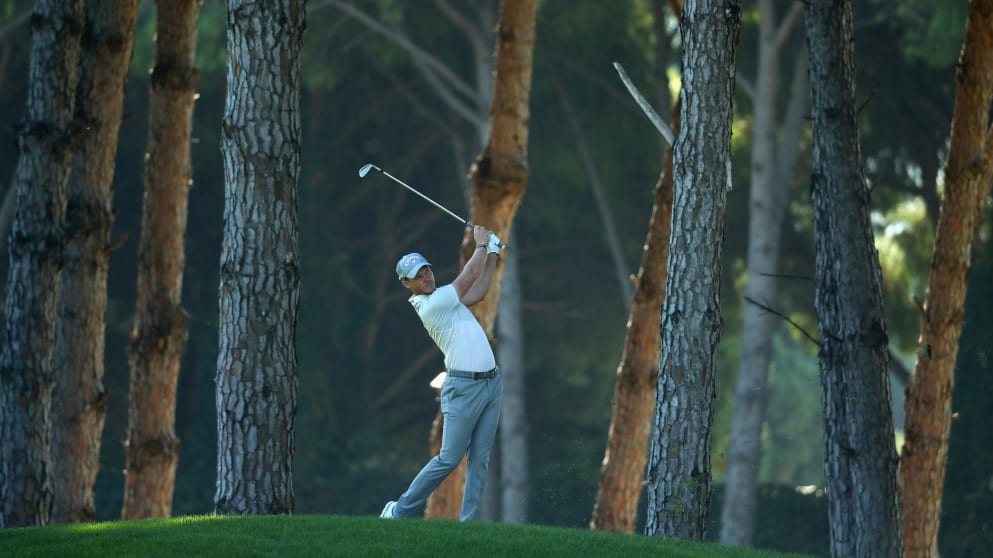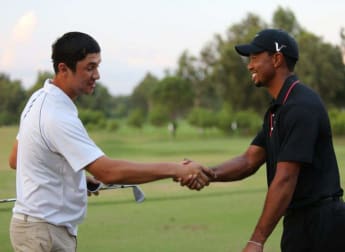With a heatwave leading to record temperatures across Europe this week, we caught up with the European Tour’s Chief Medical Officer, Dr Andrew Murray, to ask for his advice on how to ‘beat the heat’.

By Dr Andrew Murray
It’s 32 degrees Celsius and there you are sweating away over a putt on the 16th green, and all you can think of is that you are hot, dehydrated and have a headache.
You are less able to focus on getting the ball in the hole. You are not likely to play your best golf.
This week sees record temperatures across much of Europe, and indeed it will also be sweltering for the World Golf Championships event in Memphis, and for The Senior Open Championship presented by Rolex in England.
Risks associated with exercise in extreme heat and humidity include under performance, heat illness, and heat stroke. The hotter and more humid it is, the more likely it is to affect health and performance. We all want to be at our best.
Given the worldwide nature of the European Tour, with events in Australia, South Africa, and the Middle East, our professional players, caddies and staff have developed strategies to cope with the heat, giving them better opportunities to compete at the highest level and avoid health issues related to the heat.
While conditions are not universally hot, we are often asked for some quick wins to beat the heat by tour professionals and many of these can apply to the 60 million people that play golf worldwide (even Scotland is 28 degree Celsius this week!).
Some of the key things to get right include…
Hydration
Drinking adequate and cold fluid, before arriving on the first tee, will ensure you are not behind before you start.
Having access to fluid is important. Aim to drink small amounts every couple of holes between shots. Recognising that you will sweat out salt as well as fluid when it’s hot, our nutritionists like a pinch of salt, and some pineapple juice in water, for natural electrolytes. Rehydration solutions and drinks also work well.
After you have finished, best to go for skimmed milk, or another drink containing electrolytes – it is also good to add a little salt in your food to compensate for what you have sweated out.
Before, during and after golf in the heat, cool fluid is helpful in keeping your temperature down. Slushees and ice cold beverages are great in ensuring the ice is safe to drink – it is still worth being careful with this in some countries.

Clothing
Keep those jumpers in the cupboard when it’s hot. The modern-day professional playing in the heat will typically choose light coloured, loose fitting clothing when it is hot.
Many modern fabrics are highly breathable. This means sweat will go through your clothes and allow heat and moisture to escape. More comfortable, less hot, and you may avoid stinking out the locker rooms after!
Many will wear a baseball cap that is well vented. A wider brimmed hat a la Greg Norman, or Ryan Evans, would be a great choice and can reduce the risk of skin cancer. It is also worth wearing high factor sunscreen in hot conditions.
Timing
If you have the choice, avoid playing in the hottest part of the day. Getting out there early means you’ll be in the swing of things when it starts to heat up. Not only are the temperatures cooler, but there is more shade early and later. Research has shown that people are likely to play better in cooler, but not cold, conditions.

Other wins
Where you have the chance, seek shade. This could be natural shade where the sun is not directly overhead, walking on the shady part of the fairway, using trees, or even using an umbrella! Even a few minutes can allow you to cool down.
In the hottest conditions, over-heating players will sometimes pour ice onto a towel and place it around their neck between shots and on the tee.
A cool shower or bath once you have finished is a great way to rapidly reduce your temperature at the end of a round.
As well as being the Chief Medical Officer for the European Tour, and European Tour Performance Institute, Dr Andrew Murray once ran 550km across the Namib desert, taking on temperatures at times over 50 degrees Celsius. You can follow Dr Murray for more advice on Twitter at (@docandrewmurray).







